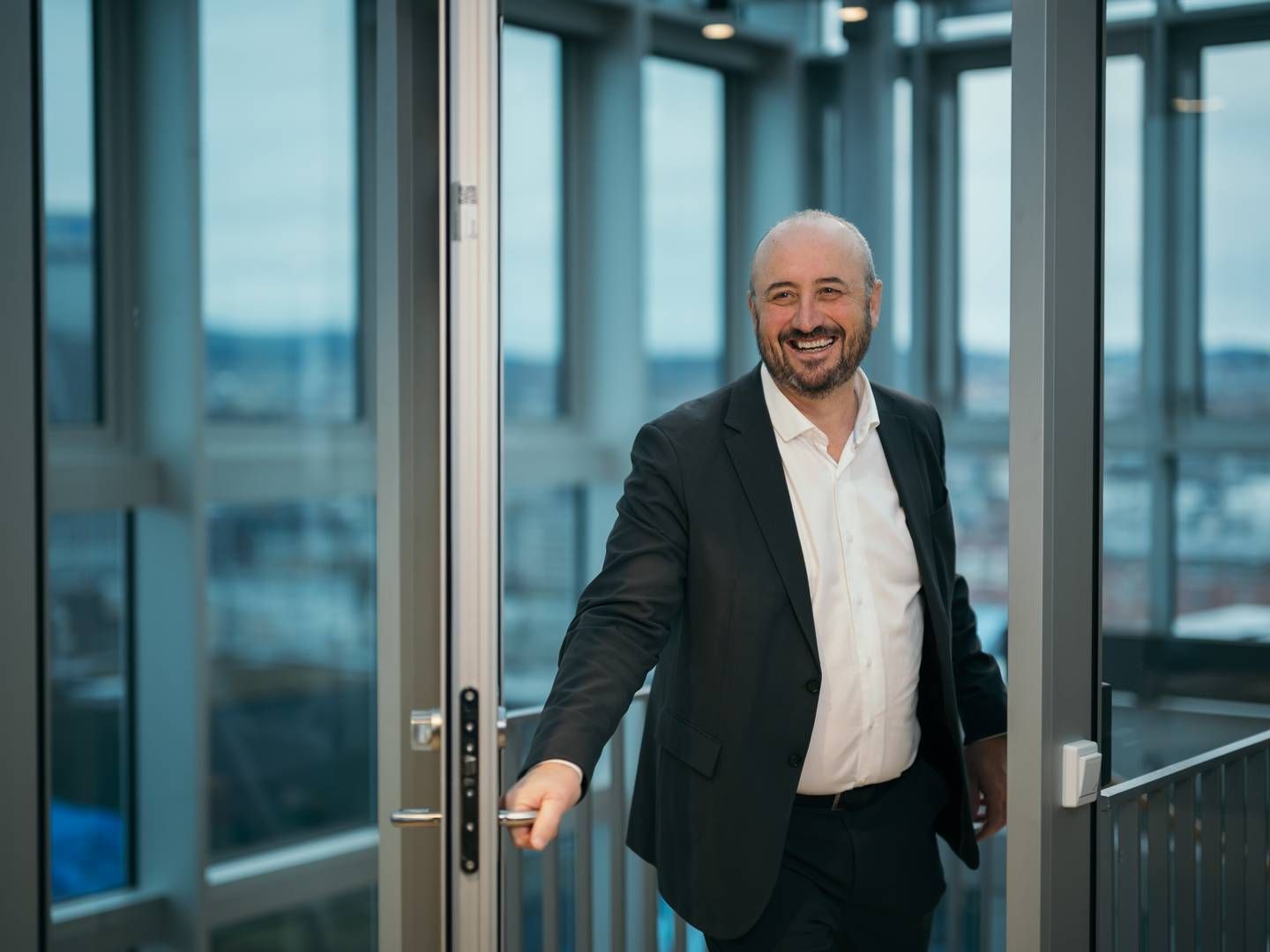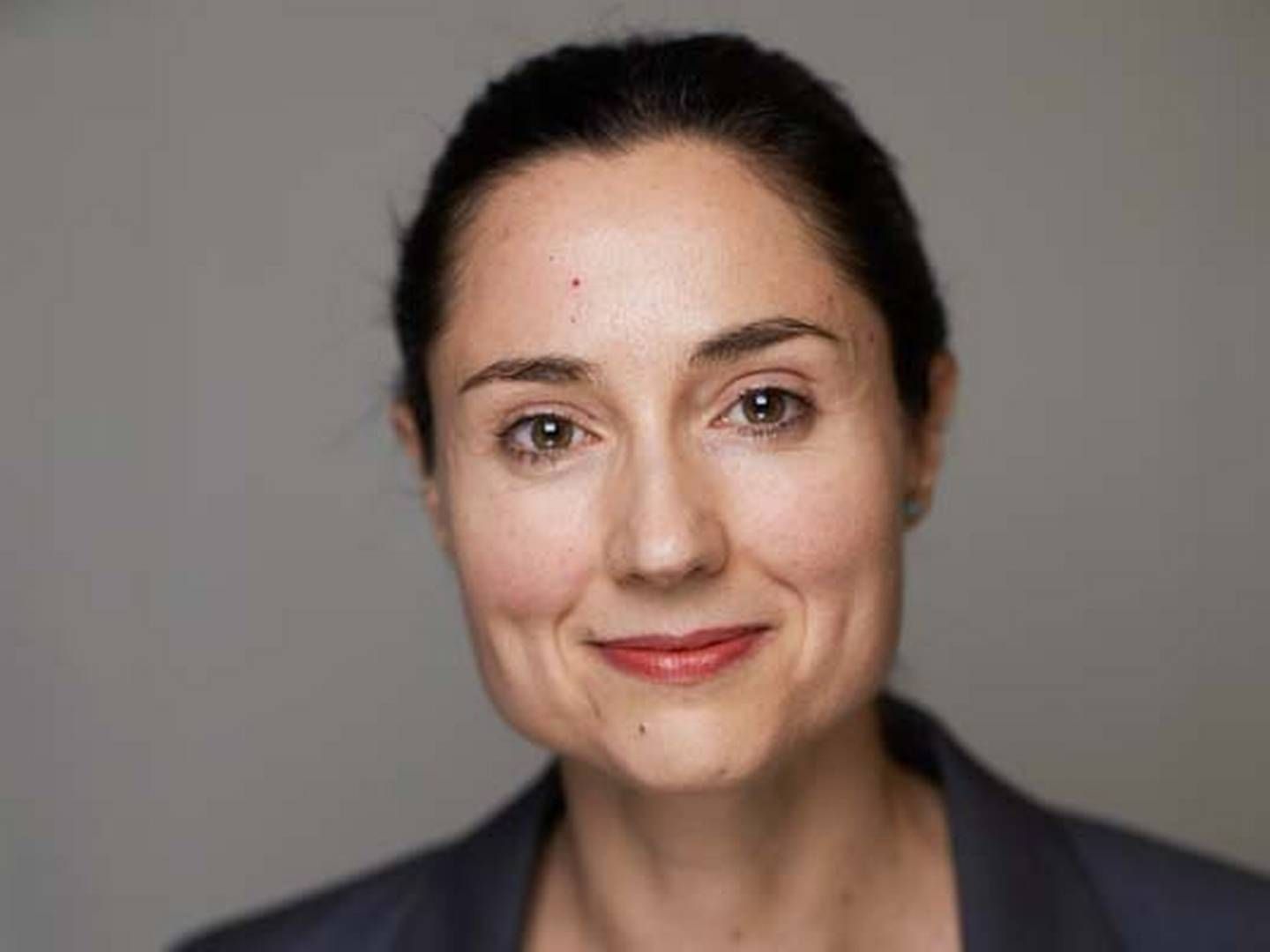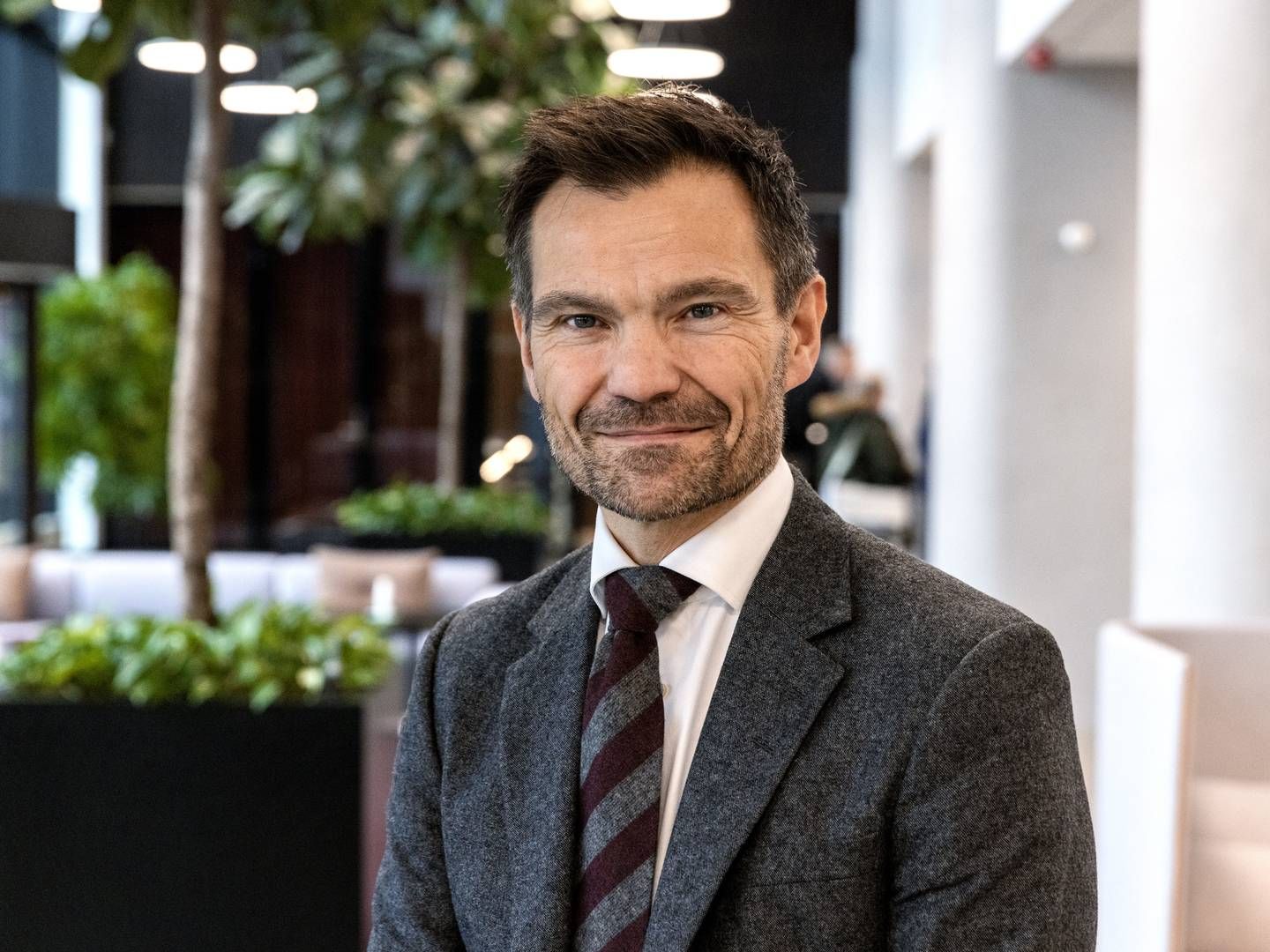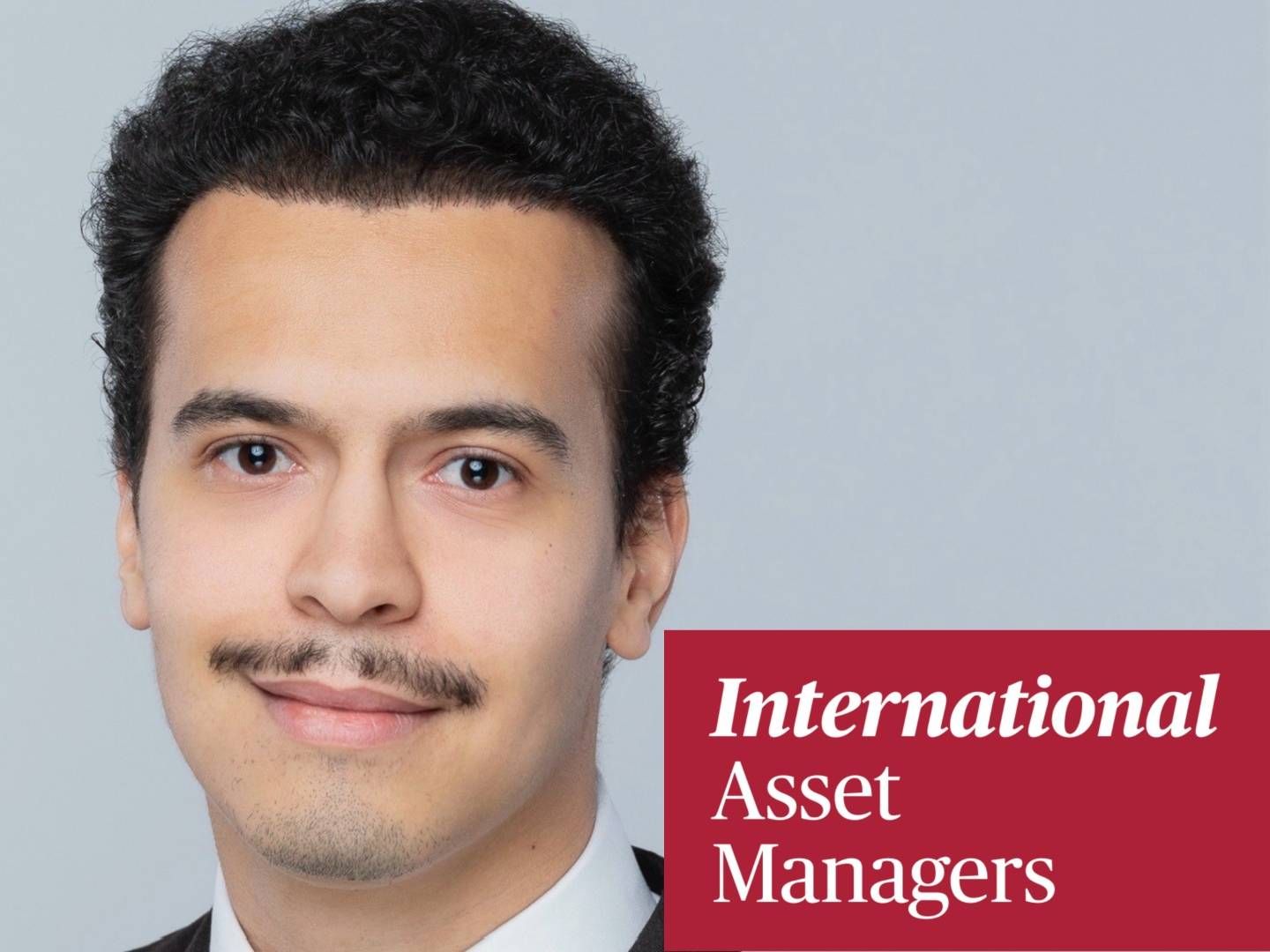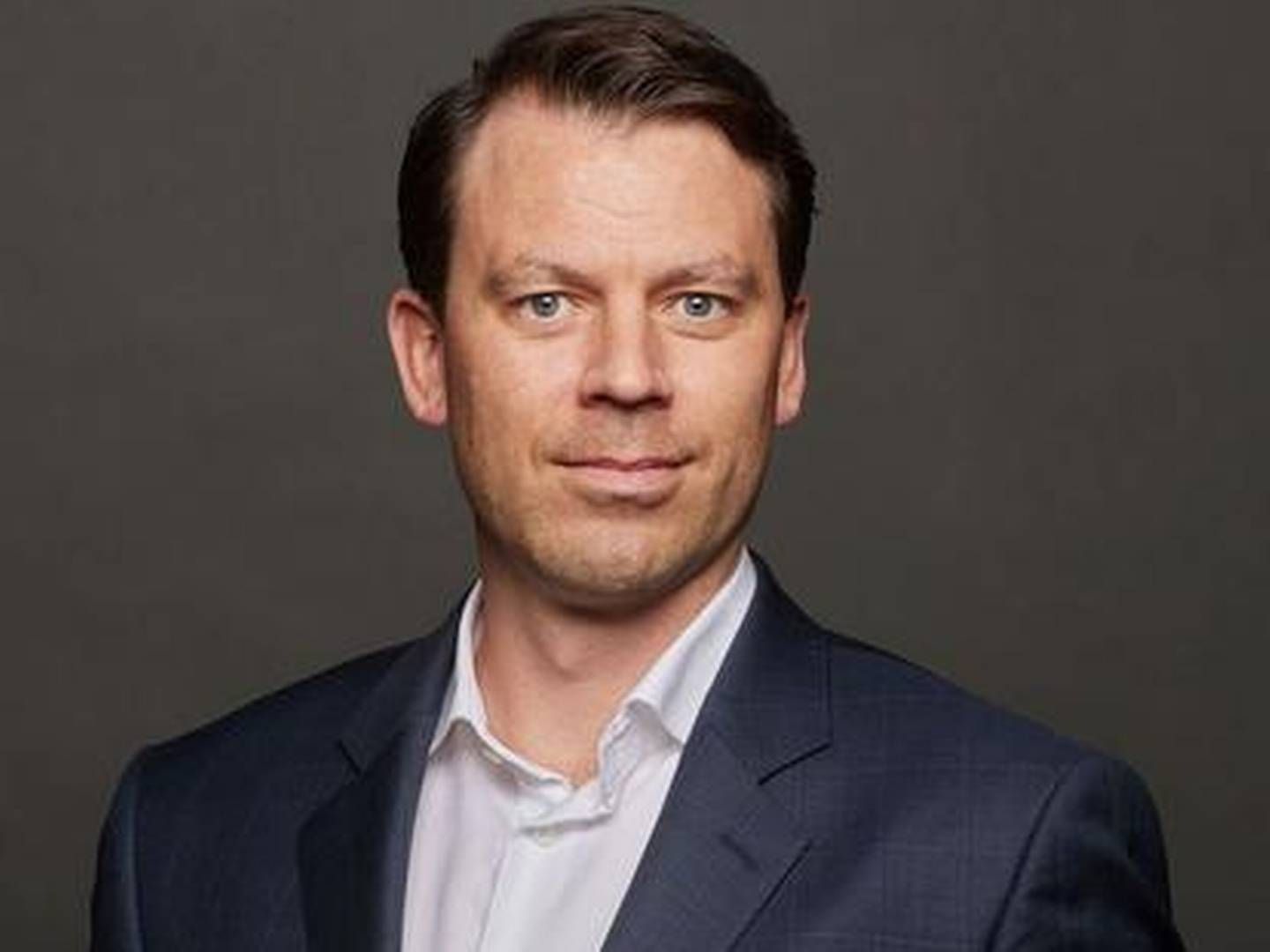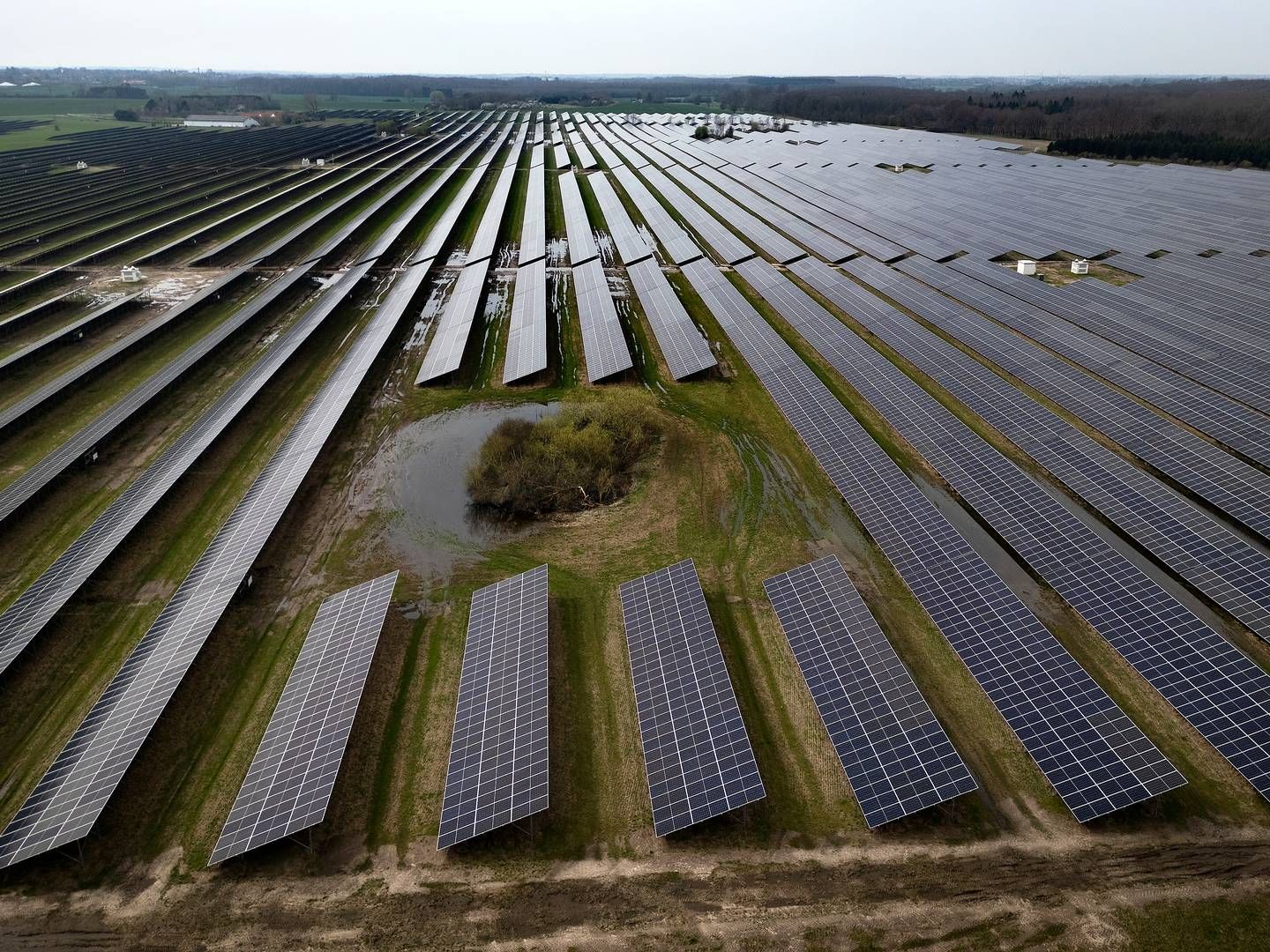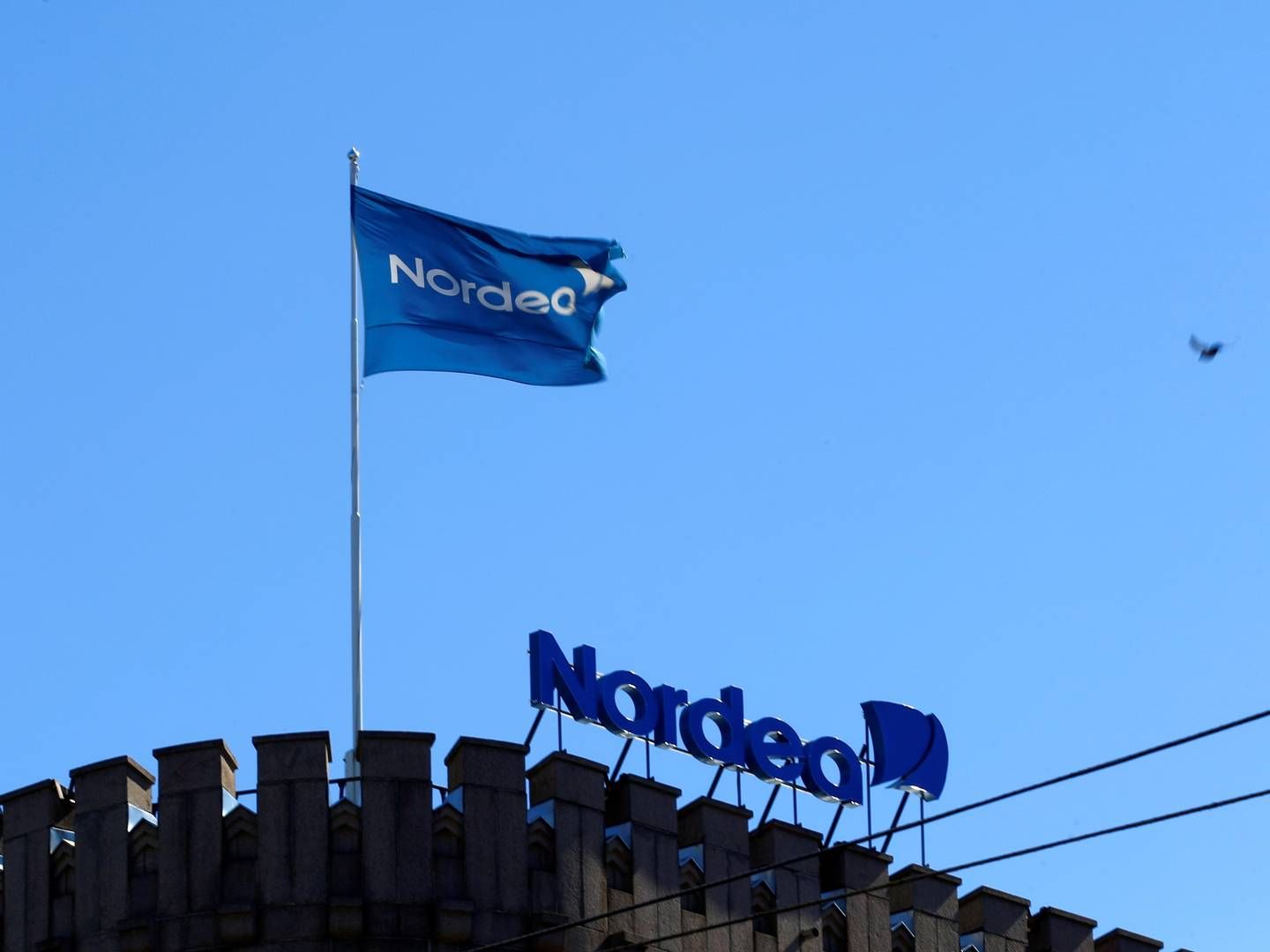Faltering interest in sustainable funds threatens Norwegian manager's transition plan
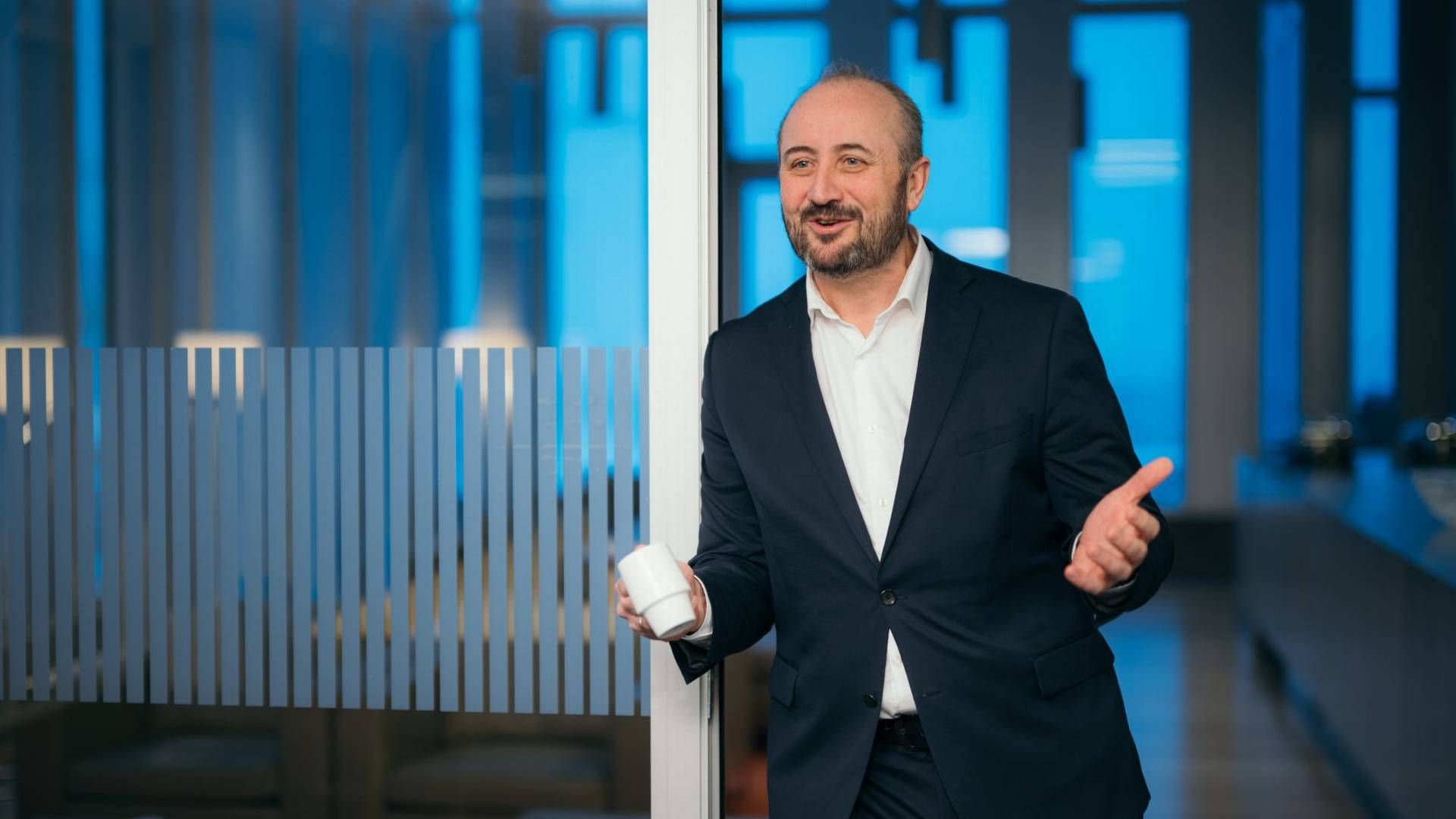
For the past couple of quarters, DNB Asset Management has had little trouble attracting inflows and in the most recent quarter, the manager could celebrate reaching NOK 1trn in assets under management.
But despite the good prospects, something is still bothering the Head of Wealth Management, Håkon Hansen:
“We are, once again, quite disappointed by the flow to sustainable funds. That is still very slow,” Hansen tells AMWatch in an interview.
As sustainable funds play an important role in the banking group’s transition strategy, he is under pressure to resolve this issue.
Launched in Q3 last year, the transition plan outlines how DNB will meet the net-zero goals of the Paris Agreement and includes several goals for the asset manager to accomplish, including reaching NOK 200bn (EUR 17.2bn) invested in mutual funds with a sustainability profile before the end of 2025.
The asset manager has been steadily approaching the goal over the past year but during the most recent quarter, things went in the other direction as the figure took a drop of almost 10% and landed back at NOK 112.6bn (EUR 9.6bn).
According to Hansen, the drop was primarily caused by changes in asset allocation by the group’s life insurance company DNB Liv, but weak performance in the green sector, especially the renewable energy space, also plays a crucial part.
“We continue to see outflow due to the weak absolute performance of the renewable energy sector despite the fact that we have a very strong relative return in our flagship fund,” he says and adds that the outflows aren’t restricted to its thematic Renewable Energy fund.
“We see this trend in all funds with a sustainability link, so we need to speed up to meet the ambitious targets and we will have to find a way to fix that,” he says.
DNB defines sustainability-themed funds as “funds that have a sustainability-focused strategy that emphasize stricter emission requirements through low-carbon criteria, funds that focus on the UN Sustainable Development Goals, or other thematic funds.”
Most of the progress has been made by recategorizing funds to what Hansen calls “Article 8 plus” and Article 9, but so far, the recategorizations haven’t affected inflows to any significant degree.
According to recent Morningstar reports on sustainable fund flows in Q1, DNB isn’t the only asset manager having this problem. Although one of the reports shows a slight comeback to the very broad scope of Article 8 funds, the overall conclusion is that the market for sustainable funds continues to be subdued.
Do you think marketing funds as sustainable adds any value in the current market?
“I’m in doubt. I think it’s both expected that we have very strong sustainability governance around all the products we deliver to our clients, and this should be the case. But in terms of the most sustainable funds such as impact funds and Article 9 products, there is still a way to go before they really soar, and as of today, I think you risk spending a lot on marketing without getting your money back.”
Nevertheless, DNB will continue to improve the sustainability credentials of its funds, and despite a slow period, Hansen is still confident in reaching the group’s transition goals as he expects more corporates and institutions to align their investment strategies with the Paris Agreement.
“We are still quite confident that this space will have a comeback, so we will continue to fight and hopefully, we will succeed in the end,” he says adding:
“To reach the goal, the majority of the assets will have to come from the institutional side. We can see that this topic is still high on the agenda for most of our institutional clients, and they have only just started to implement their own transition strategies in their asset management.“

